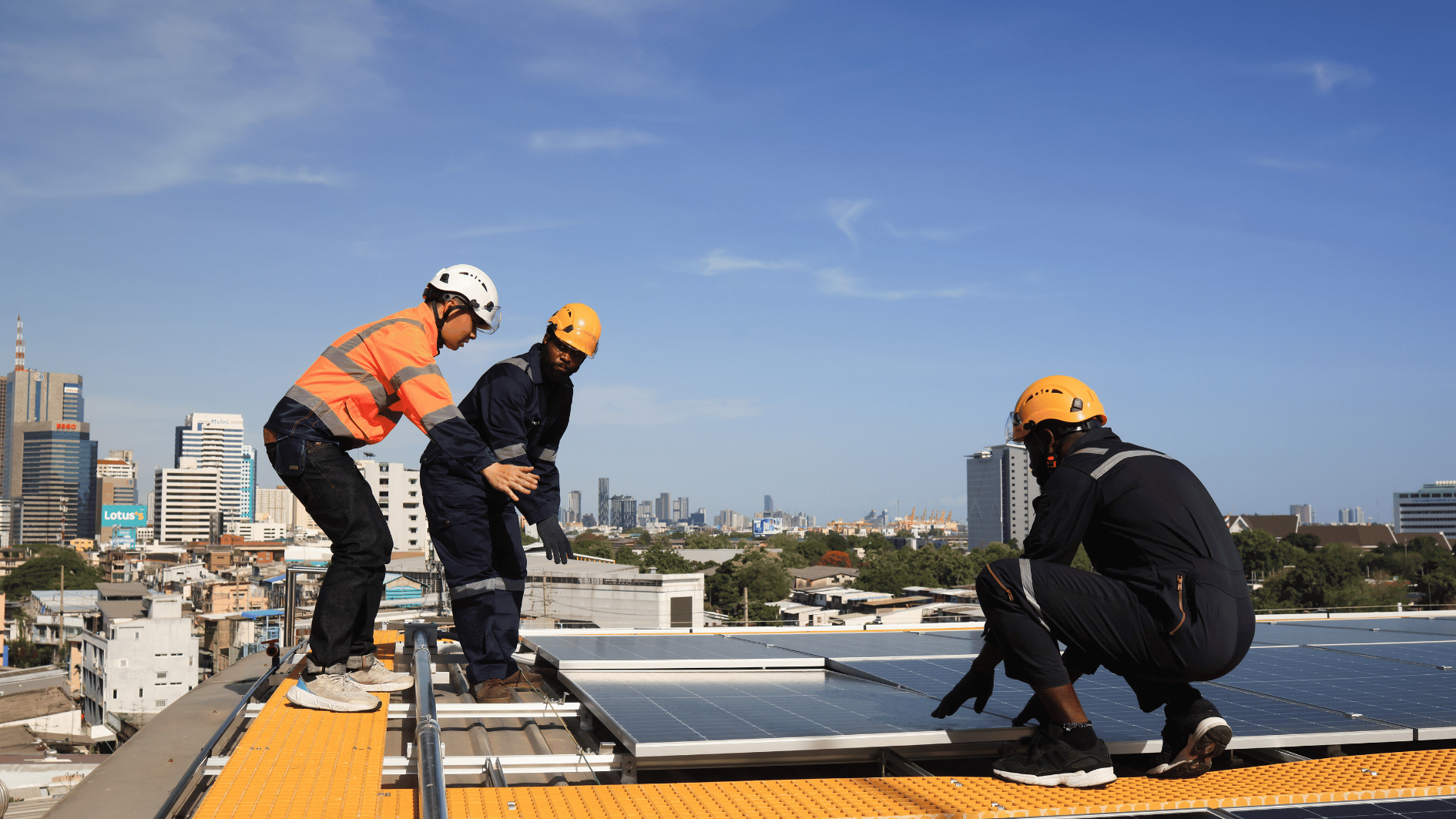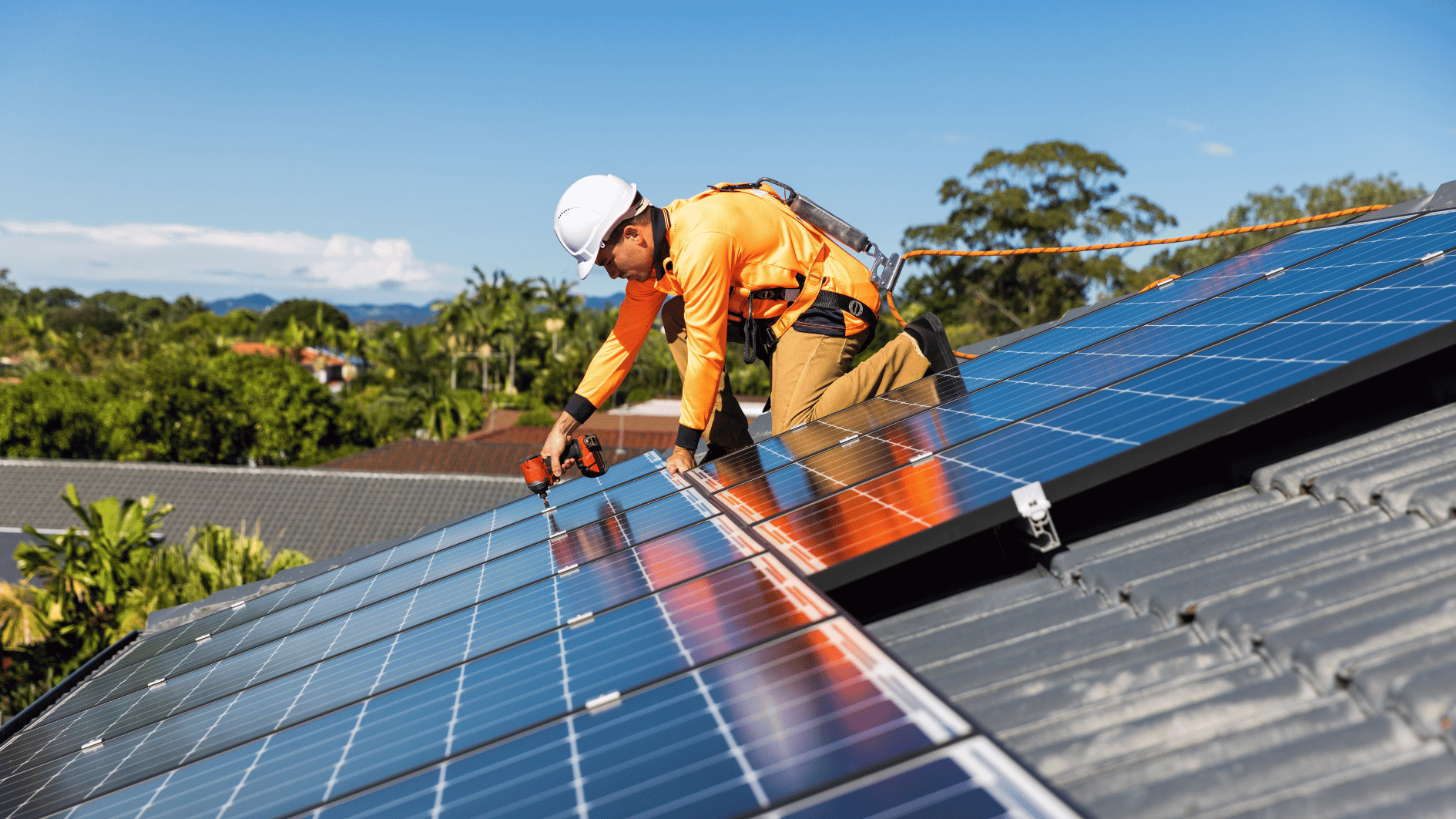Image source: Canva.com
Washington, D.C. – President Trump has declared an energy emergency, emphasizing the need for a “reliable, diversified, and affordable” power supply to support America’s industries, infrastructure, and defense. His Executive Order comes amid rising electricity prices, which have surged 20% from 2020 to 2023, and a projected 7% increase in electricity demand by 2030.
Experts warn that meeting this growing demand will be challenging without solar and energy storage. The U.S. power grid faces mounting pressure from new data centers, factories, and housing developments. Developing any new power plant – whether solar, gas, or coal – requires extensive permitting, grid interconnection, financing, and construction, often taking years to complete. However, federal data shows solar and storage projects are the fastest to deploy, with robust supply chains and lower costs compared to fossil fuel alternatives.

Report highlights key trends in U.S. solar policy developments for 2024
While some utilities, including NextEra, are planning new natural gas plants, these facilities are unlikely to be operational before 2030. Gas plants also face logistical hurdles, such as pipeline constraints and higher operating costs.
With most new power capacity already under development being solar and storage, shifting course now could lead to costly delays. Experts argue that these technologies offer the best path forward, not only for grid-scale energy needs but also for homes and businesses seeking energy independence.
As the U.S. prepares for another term under President Trump, solar and storage remain critical to ensuring a stable and affordable power grid capable of supporting America’s growing energy demands.
Source: SEIA





